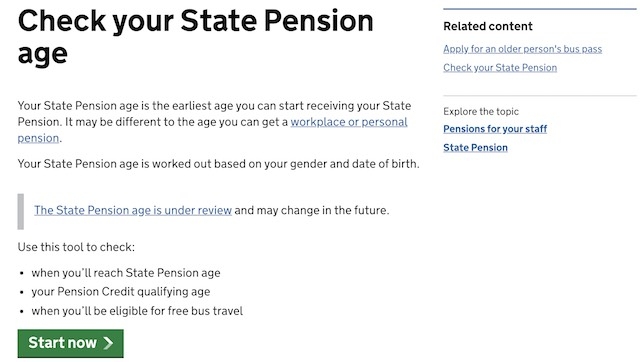
State Pension Equalisation Day masks ‘gender discrimination’

Men and women will for the first time share the same state pension age of 65 from tomorrow (6 November 2018) marking a major pensions milestone set in train 25 years ago but critics say the change is far from fair to women.
The original plan announced in the 1993 Budget was amended by the Pensions Act 2011, accelerating the process to achieve parity to 2018 rather than the originally planned 2020, says Hargreaves Lansdown which is marking the day with a review of pension changes over the years for men and women.
The key changes include:
• 6 November 2018 is when women’s state pension age equalises with men’s at age 65
• The State Pension age for men and women will rise to age 66 by October 2020 and 67 between 2026 and 2028
• Women previously could retire on the state pension at age 60 and men at age 65
HL analysis shows that:
• In November 2017 the average weekly State Pension received by women was 82% of that received by men; on average women received £126.45 per week, compared to £153.99 for men.
• The number of people over State Pension age in the UK is expected to grow by one third over a 25 year period from 2017 to 2042, from 12.4 million to 16.9 million.
Nathan Long, HL senior analyst, said: “The State Pension is the bedrock of many people’s financial security in retirement. No one wants to be told they have to work longer into their 60s or even their 70s before they’ll get their state pension but that is an inevitable consequence of rising longevity. ”
While state pension ages are being equalised, the amounts paid out in state pensions to men and women remain unequal and will likely remain so for some time, warns HL.
HL says women’s overall pension provision continues to lag behind men’s, primarily as a consequence of the continuing disparity between men’s and women’s earnings and working patterns.
Former Pensions Minister and now pensions campaigner Baroness Ros Altmann says the milestone masks the fact that women are still poorly served by pensions.
She has issued a document listing 10 Reasons ‘Women Lose Out in Pensions as Gender Pensions Gap Remains Wide.’
These include: women's state pension age increased by more than men's at shorter notice; the very lowest earners (mostly women) are left out of National Insurance State Pension; women have lower lifetime earnings and therefore lower workplace pensions and women's pensions are not properly protected on divorce.
She said: “Equal pension ages (is) not pension equality. Women have always had lower pensions than men, leaving them at greater risk of later life poverty, especially as women tend to live longer than men. An increasing proportion of women are single and cannot rely on a partner's pension for retirement income.
“Women in their 50s and older have lost out most, but younger women face penalties too, as all pensions - State, Workplace and Private pensions - discriminate against women. Some of the inequalities date back many decades, but others are new problems created by recent legislation. The Government needs to act urgently to fix these loopholes which cause problems for so many women.”
The state pension age could rise further with the recent Cridland review recommending increasing the state pension age from 67 to 68, seven years earlier than originally planned, in 2037 – 39 rather than 2044 – 46.
Hargreaves Lansdown says the The Women Against State Pension Inequality (WASPI) campaign group have argued they were not given adequate notice of the increases to their state pension age and have called for reversal of the increases or compensation for their lost state pensions in the intervening years.
HL says there was widespread coverage of the increases to state pension age over the years from 1995 but it cannot be proven whether the women affected by these changes were given “reasonable notice.”
It added: “For those women affected by the acceleration to the state pension age in the 2011 Act in particular, the changes were introduced abruptly and with relatively little time to adapt.”
A girl born in 1951 was expected to live to 82.4 and a boy to 77.8. By 2017 these figures had increased by over 11 years for newly born girls and by almost 13 years for boys, to 93.6 and 90.8.
